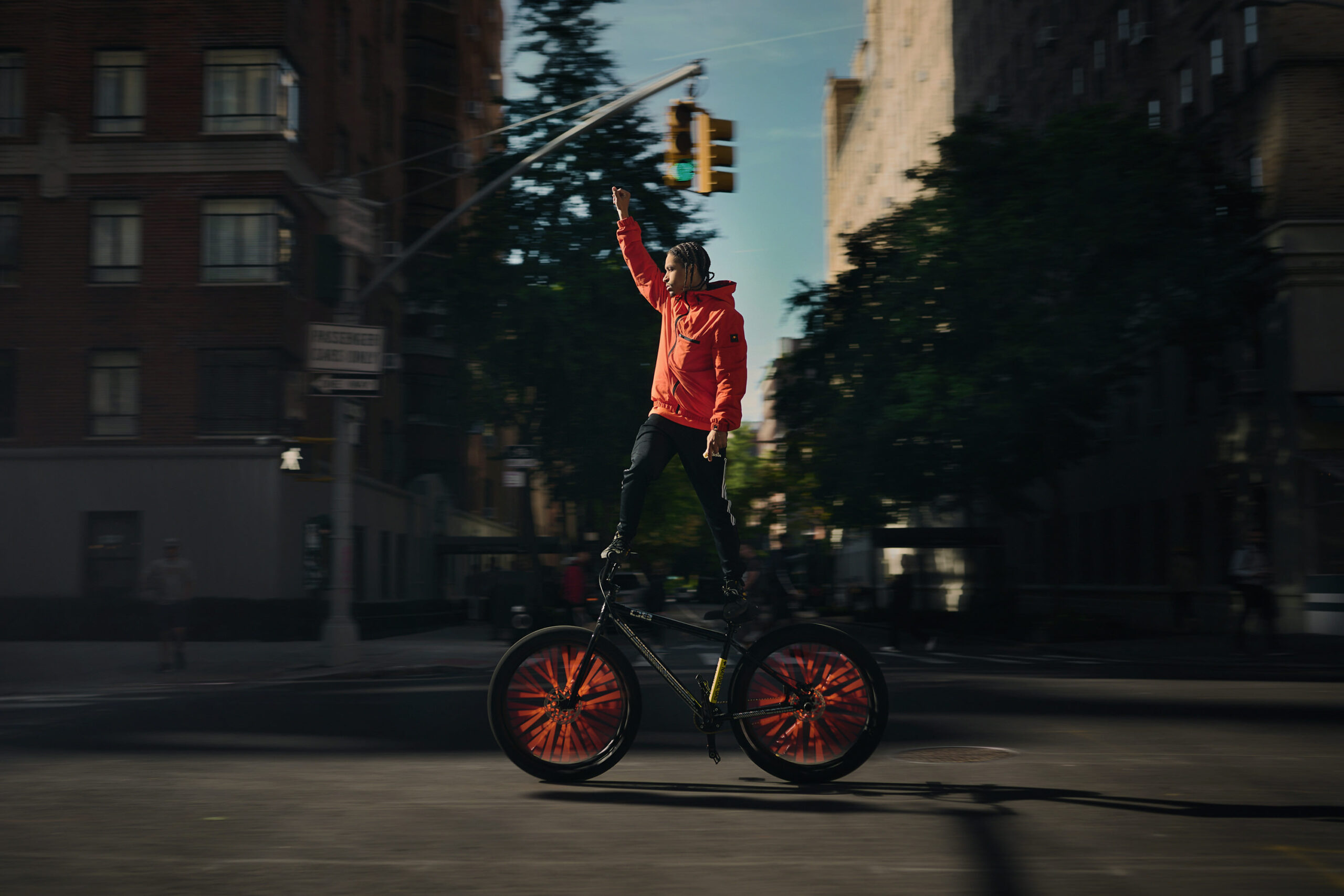“I’ve never wanted to shoot bikes as I didn’t want to mix my hobbies (and mental escape methods!) with my work,” says photographer Matthew Joseph to the Phoblographer in an interview, hitting ever so hard with that line. “It was only on completion of this project and really going into the edit on the interviews that I realized bikes had always been such a big thing for me – since I was a kid.” Indeed, Matt’s work around bike culture in NYC and Baltimore is exceptional. As the project grows like others have, we think that it’s going to evolve into something very beautiful.
All images by Matthew Joseph. Used with permission. Follow him on Instagram and check out his website.
Phoblographer: Talk to us about how you first got into photography.
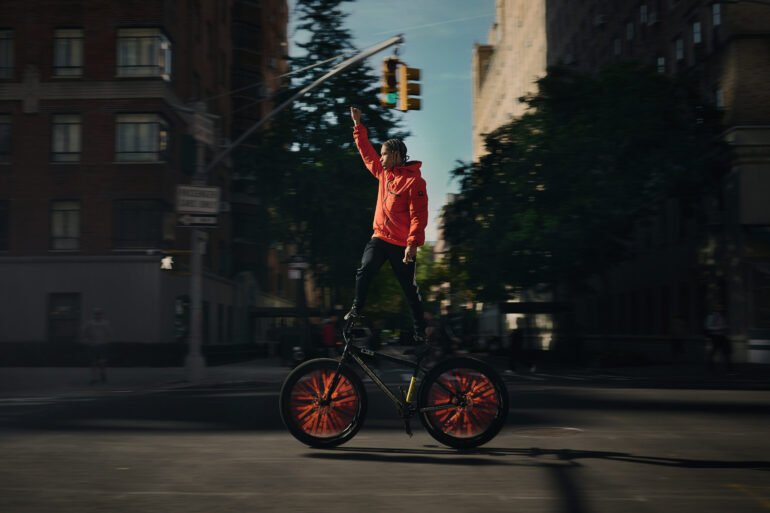
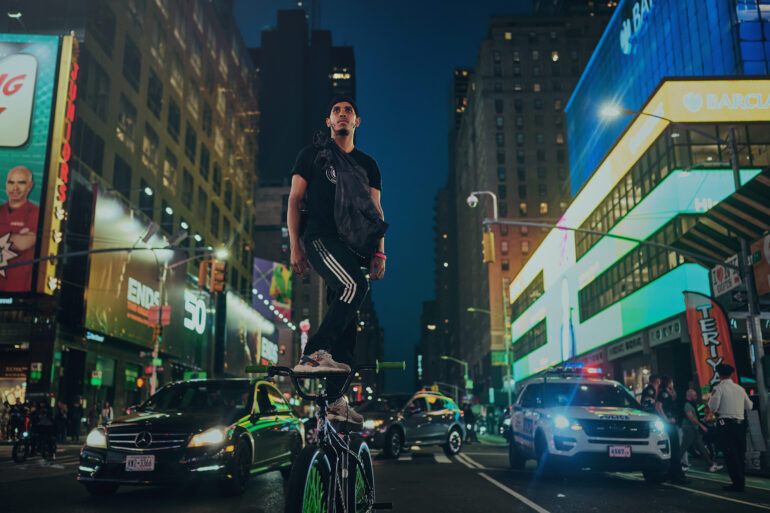
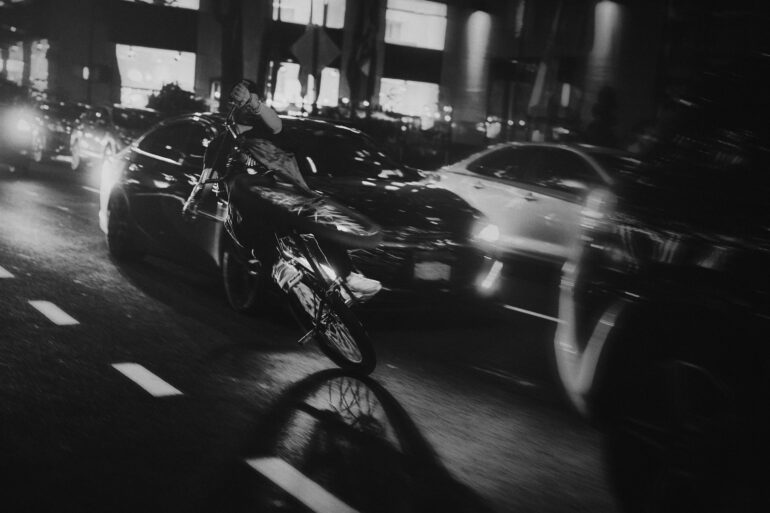
Matthew Joseph: My story is not unfamiliar to most – the classic situation whereby the family camera happened to be a Pentax SLR so manually focussing on a prime lens and manually exposing everything was the way I learned photography. I consider myself very fortunate to be of an age where I really came into it just before (and through) the film-digital transition, it taught me so much. It was a family holiday in Amsterdam when I was 11 that I realized the best way of avoiding family photos, was to be the one taking them. So I took charge and then ghosted a multitude of old-school photographers at family weddings over the next few years, delivering a reportage story of the day to the bride and groom, just for fun…and before reportage, wedding photography was the thing it is today!
Then, I didn’t get the posh fancy new camera I’d asked for for Christmas, I got an old second-hand manual Pentax MX. But it was the best thing my parents could have done because it kept me learning. Then I shot my first paid job at 16, and the camera always followed me with whatever I was doing in life. It snowballed (gradually) from there.
Phoblographer: Talk to us about the gear that you use.
Matthew Joseph: I have a lot of cameras and have used different systems professionally over the years. But I was a fairly early adopter the the mirrorless world (when Nikon finally got their act together!) and haven’t looked back. It helps me achieve so much more and the tech advances in AF alone are just so worth it. My camera cases definitely aren’t any lighter because of it – what most people refer to mirrorless system as – if anything they’re heavier because the really good glass which is starting to be released now is epic and huge! I struggled with the Z7 and Z6 range for a while because what we all really needed was the Z9. And it really hasn’t disappointed. I got one of the first Z8s in the UK as I was eager to get rid of the Z7ii and its inability to work as a real robust pro camera. Annoyingly the Z8 is basically a duplicate of the Z9 in a smaller body missing a few key features. I would have rather it be slower, but with a higher resolution, it would have made more sense in my arsenal. My whole lens system is native Nikon Z glass, but I go to some efforts to counter the digital ‘perfection’ of the system and aim to bring some humanity and romance back to it if I can, using various filters and techniques – in camera and in post.
My favourite thing to do is to pair vintage lenses with mirrorless tech. The new mounts on mirrorless systems make it really easy to mount vintage Leicas, Hasselblads etc – I’ve even got a re-housed Canon ‘Dream Lens’ which is crazy. The best pairing is the 35mm Leica Summricon f/2 on a Nikon Z8 – for personal travel. But on much of my commercial work I can’t afford the risk of missing focus as my work is fast and reactive.
I won’t bore you (or should I!?) with listing off my other boxes/shelves of gear, I own a lot because I rent it onto my commercial jobs. I mix using Profoto with other forms of continuous light, but most of my efforts revolve around re-shaping and manipulating natural light, that’s my thing. I’m all about keeping things feeling as human as possible, but also maintaining a cinematic and polished quality to it at the same time. It’s a constant balance!
Everything is carried around in colour-coded Pelis (now I’m getting carried away)… I’ll stop here.
Phoblographer: To you, what’s so fascinating about city bike culture? And what was the toughest part about making this project?
Matthew Joseph: It’s the specific culture of the ‘BikeLife’ movement which is what I was drawn to more than bikes in general. I mean, I’m a huge cyclist, cycling fan, owner of bikes and it’s a big interest area for me. But I’ve never wanted to shoot bikes as I didn’t want to mix my hobbies (and mental escape methods!) with my work. It was only on completion of this project and really going into the edit on the interviews, that I realized bikes had always been such a big thing for me – since I was a kid. Bikes provided a means of transport, escape, opportunity, and fun – especially growing up in a rural area with 5 other siblings to be taxied around to clubs etc, there wasn’t always a lift going! The Bike in itself is the ultimate in class-leveling transport. Rich or poor, you can probably own some form of two-wheels. For those in the BikeLife movement, it’s really starting to provide a way forward for those who largely may be from tough backgrounds with not a lot of options. I love that.
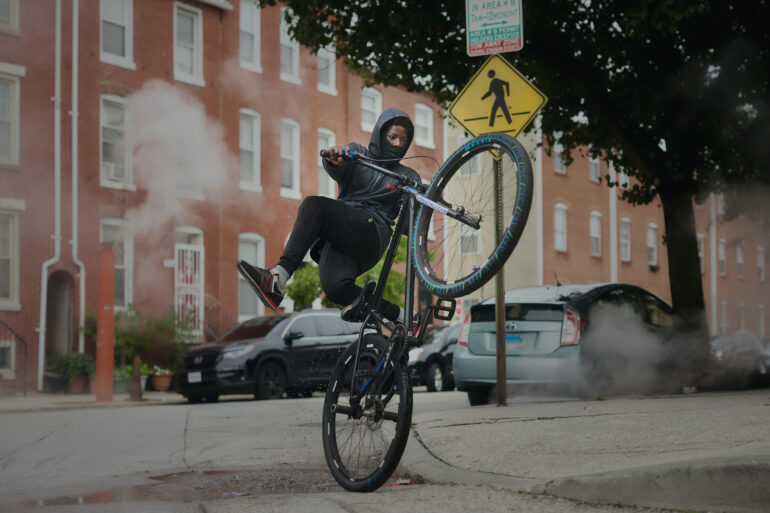
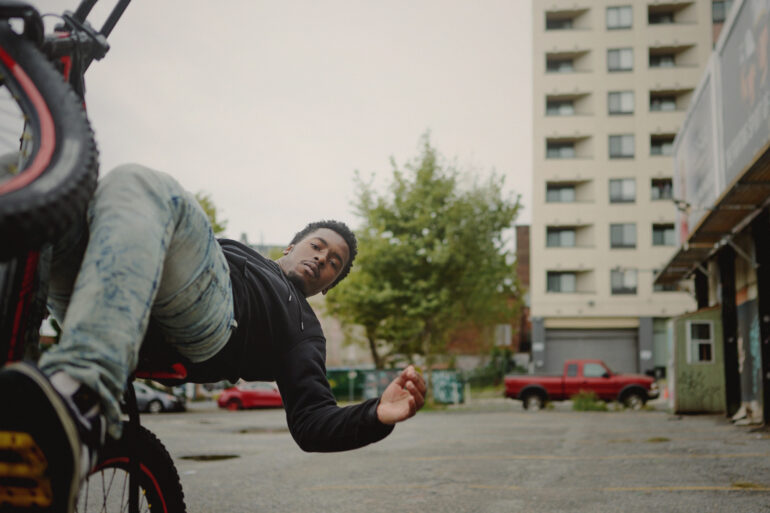
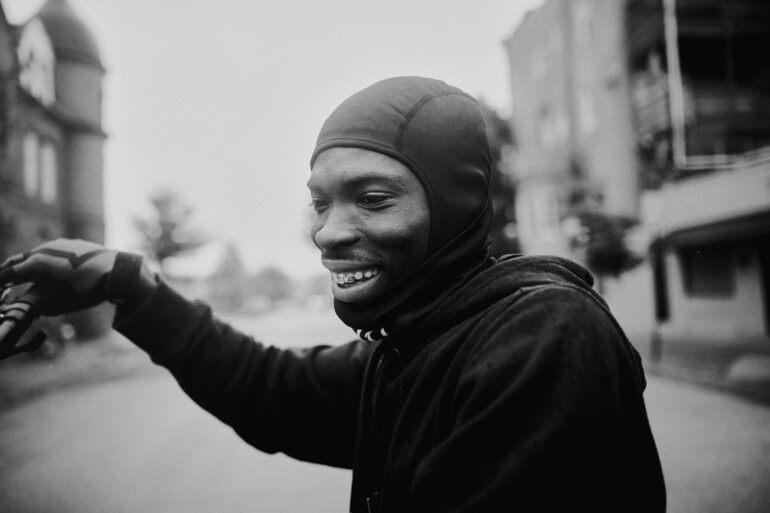
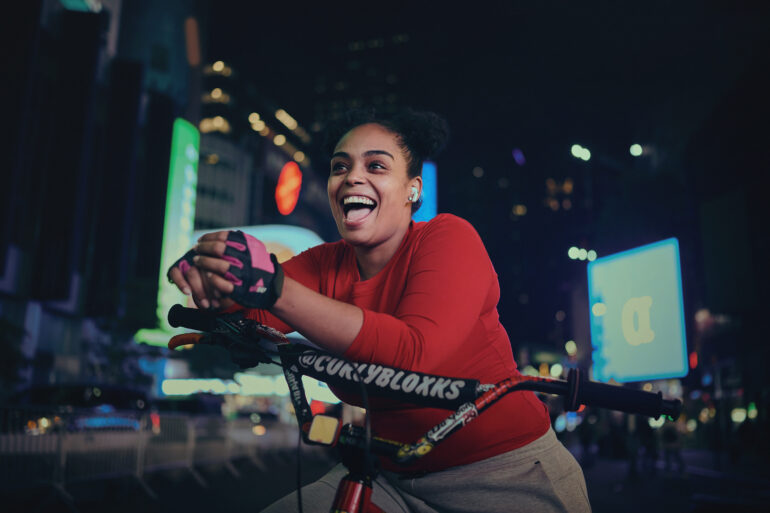
The toughest part of any personal project is usually two things: access & creative vision. Both were completely true on this, for sure. Access starts off hard, but it gets easier as you get into it, and especially once you start shooting it – so you start to build material to convince people of your vision, and then hopefully get them on board. Being on the ground it accelerates it further as you’re constantly meeting new people and they’re curious as to why you’re there with your camera. Social media – especially Instagram – really makes the initial start easier too. BikeLife lives on Instagram, so that had to be my way in, but you still have to make enough noise to be heard. Then, creatively – I always start with an approximation of a vision, a rough guideline – some boundaries for me to play within… then it often completely changes as I’m shooting it, and I start to see the wider project slowly unfold the more I shoot. I am constantly adjusting my trajectory and reacting to my experiences, I really hate being locked off and limited, I want to respond. In the moment is where I’m at my best – I always put this down to wedding photography training me at an early age!!!
Phoblographer: Biking in cities is often considered dangerous for so many reasons. What, to you, were the most eye-opening and emotionally driven parts of this project?
Matthew Joseph: As previously mentioned – it’s the potential and hope it’s giving to those who don’t have much. The human story, that’s always what I’m after. I got that plenty. I love meeting people from different walks of life in different places and just being polite and curious. I want to understand their journey and how they’ve got to where they’ve got to – Emmanuel from the Bronx and Maine from the Projects in Baltimore are a long way from my experience growing up. I didn’t have to deal with things they’ve perhaps had to, so the fact that bikes and photography brought us together into the same place for a brief moment, well to me, that’s special. You can hear their personal stories in the photo-films.
Bikes in cities are dangerous, but they’re dangerous everywhere. They’re mainly dangerous due to cars and the humans driving them – though there, of course, some bad and dangerous cyclists out there. The BikeLife movement on their ‘Ride-outs’ can appear particularly lawless and perhaps threatening to the untrained eye, so the sub-culture has some PR to take care of. I’m hoping this project can go some way to helping that!
Phoblographer: We really liked your images partially because, as we’ve been going through various projects, there’s something that’s very human about it. With that said, what are your thoughts about all the AI projects out there these days and “AI photos” as they’re called?
Matthew Joseph: Thank you – that’s exactly what I’m after with this stuff, so it’s humbling to hear that you saw it too. And yes, AI – wow, a huge and evolving topic which, my opinion on it changes weekly. It’s not going away, that’s for sure. So, I’m trying to remain positive and help it push me further into the ‘human.’ Yes, AI will be able to create anything, but I don’t pre-conceive my images. So, my creativity is in the moment, and I’d never be able to use AI to replace that. Right now, I’m putting my faith in humanity and hoping that humans will be humans and continue to be drawn to real-human emotions. I think we’re naturally drawn to the more human photography and art – people are interested in people. So, it’s imperfections, unpredictable angles/moments/locations/expressions, and being able to respond to a situation and portray someone’s story – that’s where for me, the power lies. Yes, you can prompt AI to copy the work of Dorothy Lange, but what I’m hoping to see in the future is a demand for accountability as to whether that moment really existed, or whether it was created by AI. If we as a population continue to demand that – whether it’s a small print or some other verification method – then we have hope. The beauty of photography is that it can transport someone who wasn’t there to that situation. So photography has to remain relevant for that alone. We just all have to tell the truth along the way!


